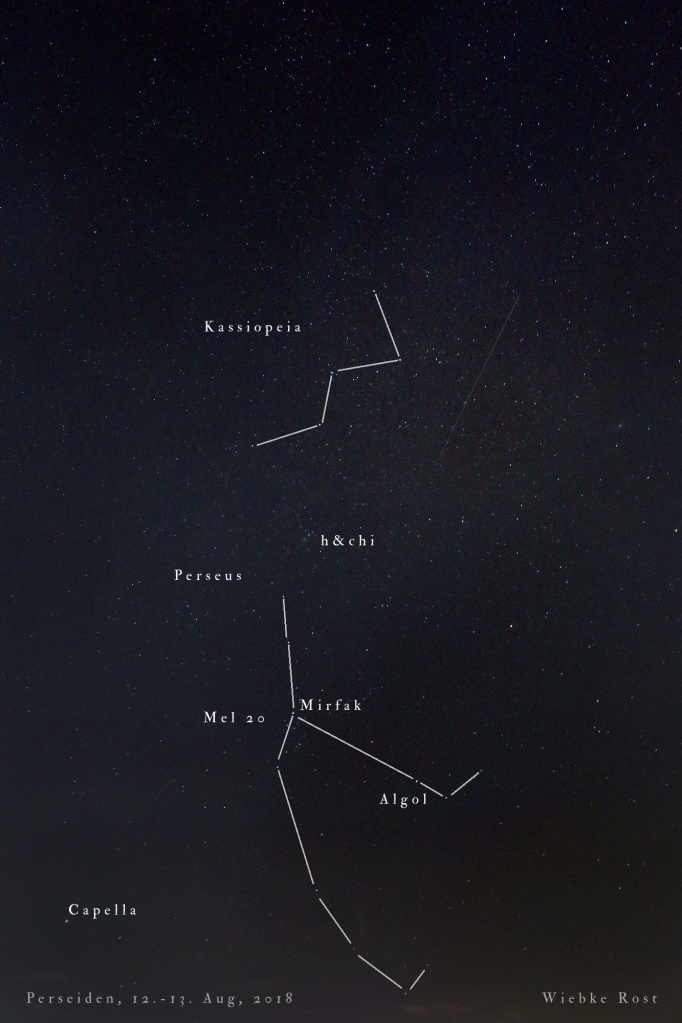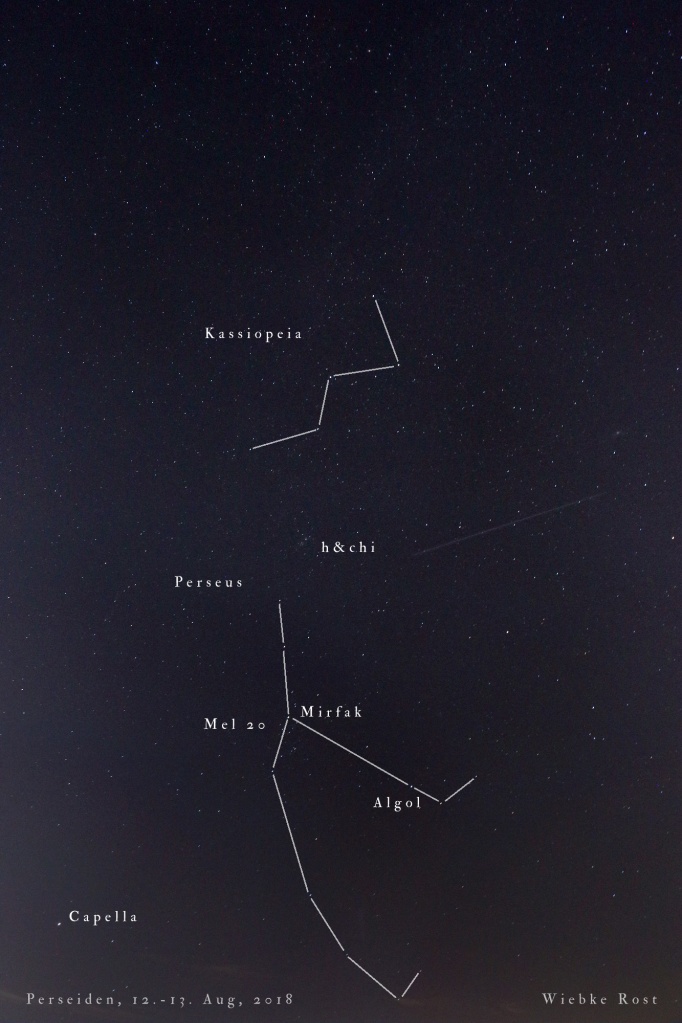#capella
Rokuya Nagi - In game sprites (Hoshi Meguri / Capella)
[Expressions 1-3 appear in game, 4-6 are edited]
Post link
Also, I got Capella’s backstory \:v/
Star is pretty much dead and Tom is a proud single father
I wanted to create some sort of “funeral traditions on Mewni” like, wearing that person’s favorite color + a black lace/ribbon/tie at the funeral.
Since Tom can’t get over Star’s death, he pretends Star went on a journey to fight for monsters rights and, before leaving, she “challenged” Capella to wear that same black ribbon everyday until she’s back.
To “prove” it, Capi writes a letter daily, stating the exact hour she tied it around her head. After that, Tom takes the letter to the “Mewni’s mail station” (actually a box full of Capella’s letters she wrote for the past 8 years).
Post link
Some pathologic fanarts


Maaan I just love this game sooo much with it’s unique aesthetic and stuff
The Perseids are a prolific meteor shower associated with the comet Swift–Tuttle. The meteors are called the Perseids because the point from which they appear to hail (called the radiant) lies in the constellation Perseus. The name is derived from the word Perseidai (Greek : Περσείδαι), the sons of Perseus in Greek mythology.
What we see as “shooting stars” is actually a cloud of debris – tiny pieces ejected by the comet Swift-Tuttle, as it travels along its 133 year orbit around the sun. These particles burn up in the earth’s atmosphere at around 80 km height. They are visible every year from July to August and reach maximum activity between August 9-14, depending on the location of the stream. During the peak, the rate of meteors reaches 60 or more per hour.
They can be seen all across the sky; however, because of the shower’s radiant in the constellation of Perseus, the Perseids are primarily visible in the Northern Hemisphere. [from Wikipedia]
Shown above are photos from my first attempt at capturing the “Perseids”. They occurred in pretty much all directions and I saw some brilliant trains high in the sky as well as fireballs just short above the horizon line. But it was difficult to photograph them.
I set up the camera towards the North East and the constellation Perseus, with the widest angle available (f 18 mm) and 30 seconds exposure time. And then I spent the following 2 hours pressing the shutter every 30 seconds…
The camera did capture a few Perseids as well as plenty of planes. The difference is that a plane shows a twofold and non-continuous light trace (because the plane lights blink periodically) whereas the train of a meteor shows as a thin, continuous bright line on the photo.
Later that night Auriga rose in the North and the Pleiades became visible in the North East. The camera caught a small train directly above the Pleiades.
Around 2 am the sky started to cloud and my photo session ended.
In the photos I marked some of the constellations and stars for orientation. I hope you enjoy this little excursion. I recommend to check this website for further reading: https://sternenhimmel-fotografieren.de/sternbild-perseus-perseiden-h-und-chi-herz-und-seele-herznebel-sternschnuppen-finden-beobachten-fotografieren/










